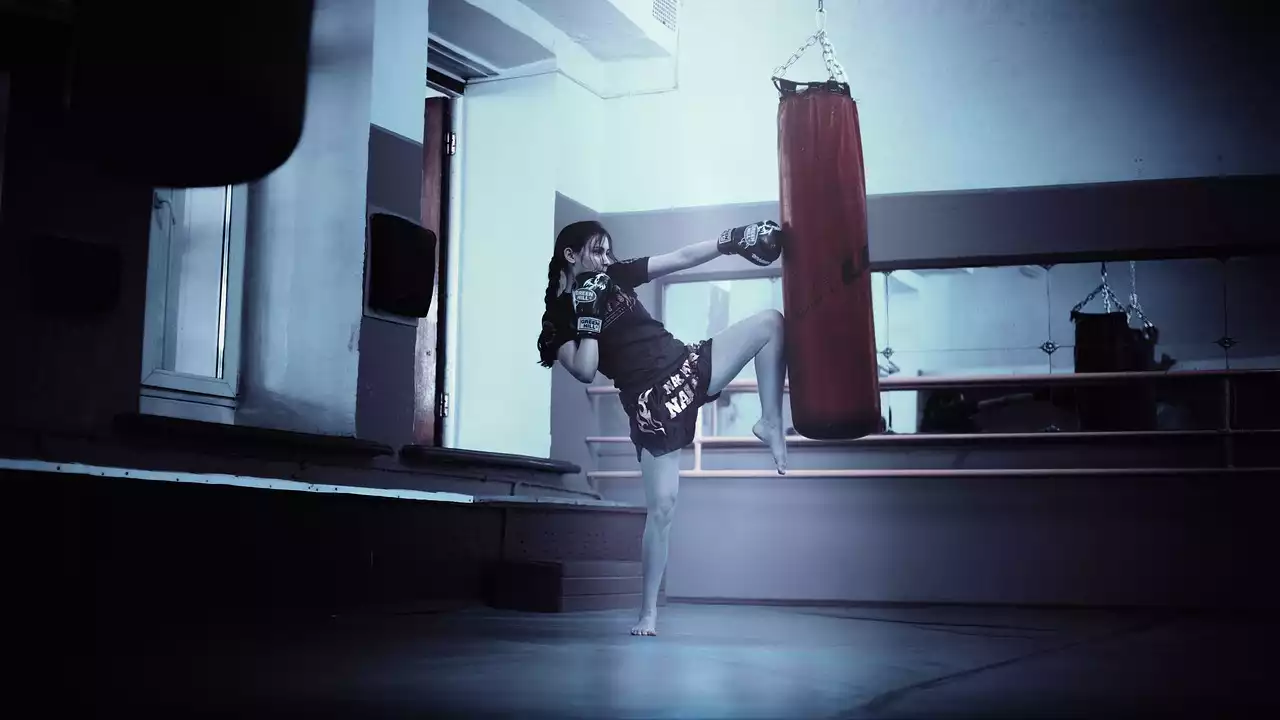What is the Dutch Style of kickboxing?
The Dutch Style of kickboxing is a hybrid martial art that combines elements of traditional kickboxing, Muay Thai, and Western boxing. It is known for its aggressive and relentless fighting style, which emphasizes power, speed, and precision. In the Dutch Style, fighters use a combination of punches, kicks, knees, and elbows to attack their opponents, along with footwork, evasion, and counter-attacks to defend themselves.
The Dutch Style of kickboxing was developed in the Netherlands in the 1970s and 1980s. It was created by Dutch kickboxers who wanted to improve their fighting skills by incorporating techniques from other combat sports. Over time, the Dutch Style has become one of the most popular and effective forms of kickboxing in the world, with many top fighters and trainers hailing from the Netherlands.
History and evolution of Dutch Style Kickboxing
The history of Dutch Style kickboxing can be traced back to the 1970s when a group of Dutch martial artists began experimenting with different techniques and strategies. At the time, kickboxing was a relatively new sport in the Netherlands, and there were few established training methods or techniques. The Dutch fighters began incorporating elements of Muay Thai, Western boxing, and traditional kickboxing into their training, creating a unique hybrid style that emphasized power, speed, and precision.
In the 1980s, the Dutch Style of kickboxing began to gain popularity in Europe and North America. Fighters from the Netherlands began competing in international tournaments, and their aggressive and relentless fighting style quickly made them stand out. Over time, the Dutch Style has become one of the most dominant forms of kickboxing in the world, with many top fighters and trainers hailing from the Netherlands.
Differences between Dutch Style kickboxing and other forms of kickboxing
One of the main differences between Dutch Style kickboxing and other forms of kickboxing is its emphasis on power and aggression. In the Dutch Style, fighters are encouraged to attack their opponents relentlessly, using a combination of punches, kicks, knees, and elbows to wear them down. This aggressive style of fighting makes it difficult for opponents to mount a defense, and often leads to quick knockouts or TKOs.
Another key difference between Dutch Style kickboxing and other forms of kickboxing is its use of footwork and evasion. In the Dutch Style, fighters are trained to move quickly and efficiently around the ring, using footwork and head movement to avoid incoming strikes. This makes it difficult for opponents to land clean shots and allows Dutch fighters to counter-attack with devastating effects
Techniques used in Dutch Style kickboxing - punches, kicks, knees, elbows, and clinching
The Dutch Style of kickboxing incorporates a wide range of techniques, including punches, kicks, knees, elbows, and clinching. Fighters are trained to use a combination of these techniques to attack their opponents from different angles and distances, and to keep them off balance.
Punches are an important part of the Dutch Style, with fighters using a variety of punches to set up their kicks and knees. The jab, cross, hook, and uppercut are all used in Dutch Style kickboxing, with fighters often throwing multiple punches in quick succession to overwhelm their opponents.
Kicks are another key technique in the Dutch Style, with fighters using a variety of kicks to attack their opponents' legs, bodies, and heads. The roundhouse kick, front kick, and low kick are all commonly used in Dutch Style kickboxing, with fighters often switching between them to keep their opponents guessing.
Knees are a devastating weapon in the Dutch Style, with fighters using them to attack their opponents' bodies and heads. The flying knee, knee strike, and knee bomb are all used in Dutch Style kickboxing, with fighters often using them in close range to devastating effect.
Elbows are another common technique in the Dutch Style, with fighters using them to attack their opponents' heads and bodies. The spinning elbow, horizontal elbow, and downward elbow are all used in Dutch Style kickboxing, with fighters often using them in close range to counter-attack or finish their opponents.
Clinching is an important part of the Dutch Style, with fighters using it to control their opponents and set up knee strikes and elbow strikes. In the clinch, fighters use a combination of grips, throws, and strikes to gain an advantage over their opponents.
Training methods for Dutch Style kickboxing - focus on strength, endurance, and technique
Training for Dutch Style kickboxing is intense and demanding, with fighters focusing on building strength, endurance, and technique. Training typically involves a combination of cardio exercises, weightlifting, and technical drills, along with sparring and pad work.
Cardio exercises are an important part of Dutch Style kickboxing training, with fighters typically running, cycling, or swimming to improve their endurance and stamina. Weightlifting is also important, with fighters focusing on building strength and power in their legs, core, and upper body.
Technical drills are another key part of Dutch Style kickboxing training, with fighters practicing their punches, kicks, knees, elbows, and clinching techniques on pads, bags, and dummies. Sparring is also an important part of training, with fighters practicing their techniques and strategies against live opponents.










